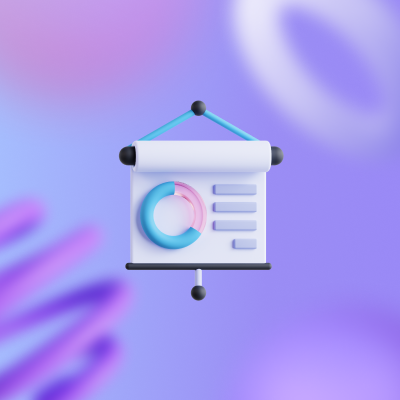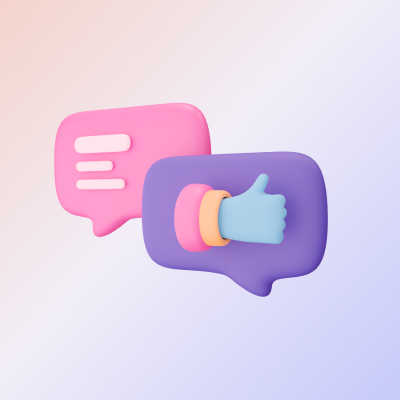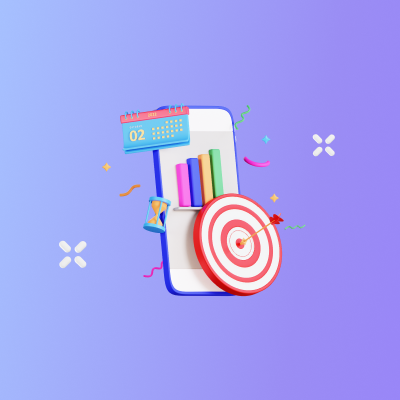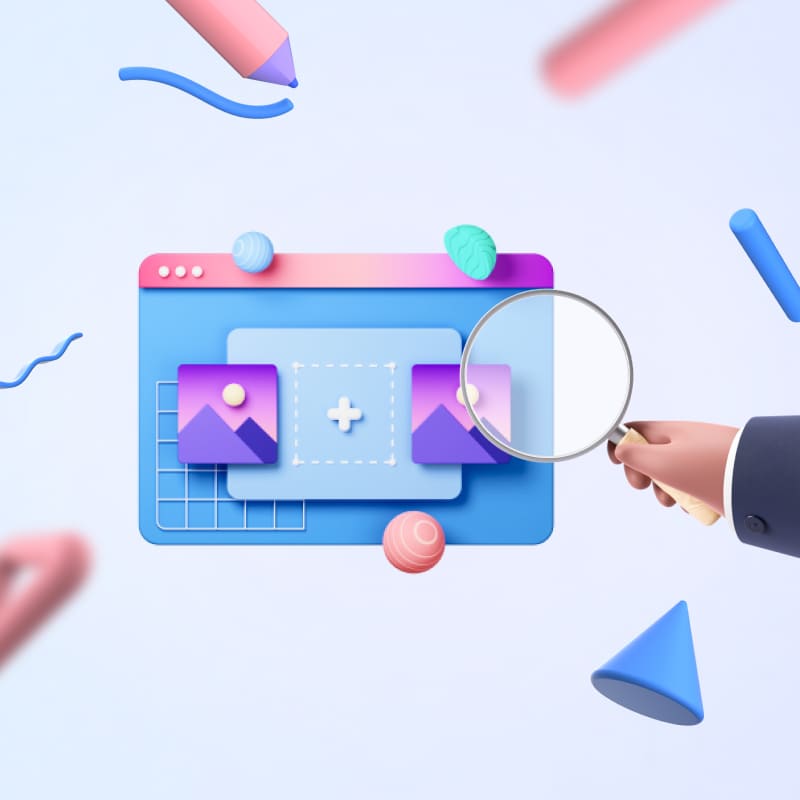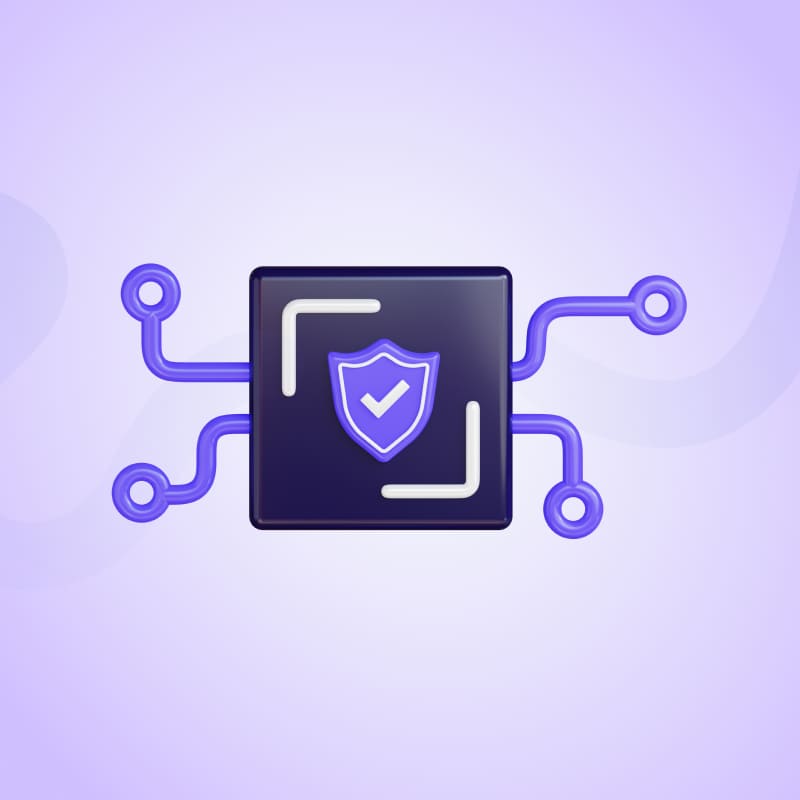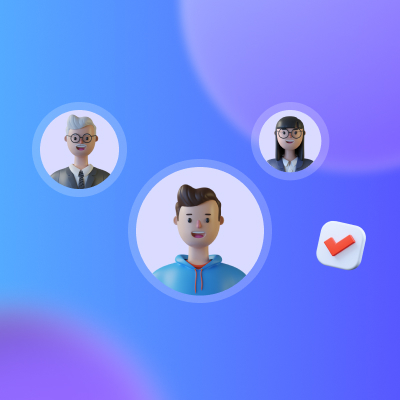
You stumble on either of these acronyms and scrunch your nose together, thinking: “Can’t I have a break? I’m no programmer. What’s with all the jargon?” Take a deep breath and breathe. I’ll explain it to you in a minute, and it will all look easy peasy.
Contents:
- What is SCORM?
- SCORM’s expansion
- What is Tin Can (xAPI)?
- Benefits of Tin Can (xAPI) compared to SCORM
- Reliability
- Access flexibility
- Data richness
- Benefits of Tin Can (xAPI) compared to SCORM
- Tin Can (xAPI) vs SCORM
- Leveraging Tin Can (xAPI) in your learning team
What is SCORM?
SCORM, known in full as Shareable Content Object Reference Model, is a technical standard for sharing e-learning content. It is said to guide programmers in writing their code to enable it to interact with other e-learning software. Guiding communication between online learning content and learning management systems (LMS), SCORM has been the de-facto e-learning interoperability standard, leaving many e-learning software compliant with SCORM until a challenger arrived on the scene in the last few years. SCORM’s basic goal was to oversee communication between a course and an LMS.
SCORM’s expansion
As with all things tech, SCORM’s monopoly is gradually being impeded by Tin Can, which is now called xAPI. Over the years, i.e.,SCORM 1.2 and SCORM 2004 were developed, with each having unique features of their own. Whilst SCORM 2004 improved control over the order of content accessed by users, it can restrict learners to predefined parts. Additionally, it allows learners to pause their learning, save results and continue later; it provides success statuses for learners and changes write-only interactions to read/write so those past interactions can be read. However, SCORM 1.2, which came first, is easier to implement and more widely used than its recent upgrade.
What is Tin Can (xAPI)?
As digital learning became more sophisticated, Tin Can, a new set of standards or specifications, was developed to help eliminate those restrictions of previous standards and provide more simplicity and flexibility. Embracing learning using various devices, Tin Can, which has been renamed Experience application programming interface or xAPI, is built around learning record stores (LRS) are typically standalone products with a range of reporting and analytics features which can be integrated into an LMS. When learning is taking place, xAPI sends statements to the LRS, which functions like a database that maintains a record of these statements. An LRS is able to record and track learning experiences, including those that occur outside the LMS, which can be used for reporting and learning analytics by an LMS. Activities such as watching a YouTube video, reading a book from your e-reader, researching through articles and offline studying on your mobile app are all captured as xAPI statements, which are updated when online access is restored. This duo is able to track detailed information such as types of learning activities engaged in, the time spent on a learning activity, and the frequency of performing an activity or accessing a learning material.
Benefits of Tin Can (xAPI) compared to SCORM
SCORM and Tin Can are two commonly used technical standards applied to learning management systems. SCORM is older and much more widely used than xAPI, but what is the difference?
Reliability
SCORM is a browser-based application and can work reliably if the browser settings are properly set up, while xAPI is highly adaptable to the various browsers available because of its recent design. SCORM is yet to attain the same level of adaptability as xAPI.
Access flexibility
xAPI is available on demand no matter the type of device you have or use. SCORM only functions through the desktop on browsers and should be launched from the same browser as the LMS to function.
Data richness
Data gathering using xAPI is in minute detail in terms of the scope of data, i.e., from activities outside your LMS and offline activities and; specific details per activity relating to the learner or user interface with the activity and; social learning activities. SCORM generates simple and uncomplicated data.
Tin Can (xAPI) vs SCORM
The table below puts things in perspective and shows the expanded scope that the xAPI covers in contrast to SCORM. Your choice of application will depend on your needs as an organisation or business.
What’s more, it has been suggested that these two standards can work in harmony, rather than replace each other. However, with the acceptance and growth in the use of xAPI, SCORM will need to reinvent itself or it risks being phased out.
Leveraging TinCan (xAPI) in your learning team
Whether to keep using SCORM or adopt xAPI is a matter of the organisation’s needs in terms of data. There’s no point taking on xAPI if your employees only learn at the office, for instance, or if there is no need or credit for additional learning outside the course curriculum.
Book a demo call with My Learning Hub today to find out what will be the most effective way to achieve your learning and development goals.
Frequently asked questions FAQ



